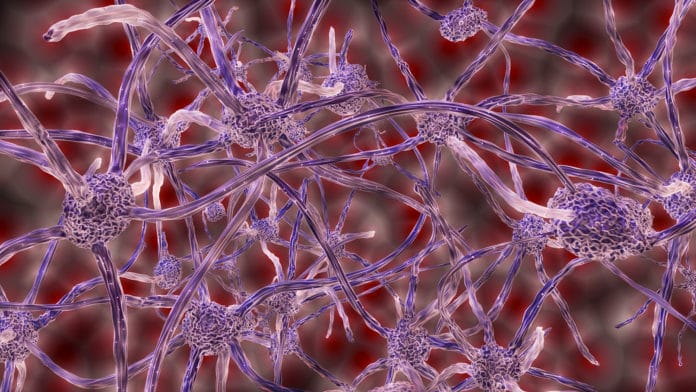Neurons exhibit periodic, quasi-periodic, and chaotic responses to periodic inputs. Understanding how neurons respond to diverse signals might help scientists better understand cognition and development and enhance the treatment of brain disorders.
However, examining neural networks experimentally is a time-consuming and sometimes invasive task. Mathematical models offer a non-invasive way to understand neural networks. However, most current models are either too computationally costly or can’t sufficiently replicate the various sorts of complicated neuronal responses.
In a new study, a research team led by Prof. Tohru Ikeguchi of the Tokyo University of Science has analyzed some of the complex responses of neurons in a computationally simple neuron model, the Izhikevich neuron model. Scientists analyzed the dynamical behavior of the Izhikevich neuron model to the sinusoidal inputs (a signal shaped like a sine wave, which oscillates smoothly and periodically) in the state space. They found types of responses: periodic, quasi-periodic, or chaotic.
Prof. Tohru Ikeguchi of Tokyo University of Science said, “My laboratory is engaged in research on neuroscience, and this study analyzes the basic mathematical properties of a neuron model. While we analyzed a single neuron model in this study, this model is often used in computational neuroscience, and not all of its properties have been clarified. Our study fills that gap.”
“In this work, we analyzed the dynamical behavior of the Izhikevich neuron model in response to a sinusoidal signal and found that it exhibited not only periodic responses but also non-periodic responses.”
Scientists quantitatively analyzed how many different types of ‘inter-spike intervals’ there were in the dataset. They then used it to distinguish between periodic and non-periodic responses.
When a neuron receives enough stimulation, it emits spikes,’ which transmit a signal to the next neuron. The time between two successive spikes is referred to as the inter-spike interval.
They discovered that signals with larger amplitudes above a particular threshold value caused periodic responses in neurons, while signals with smaller amplitudes induced non-periodic responses. They then used a technique called stroboscopic observation points’ to examine the response of the Izhikevich neuron model in-depth, which allowed them to determine that the non-periodic responses of the Izhikevich neuron model were quasi-periodic.
Prof. Ikeguchi says, “This study was limited to the model of a single neuron. In the future, we will prepare many such models and combine them to clarify how a neural network works. We will also prepare two types of neurons, excitatory and inhibitory neurons, and use them to mimic the actual brain, which will help us understand principles of information processing in our brain.”
The use of a simple model for accurate simulations of neuronal response is a significant step forward in this exciting field of research. It illuminates the way toward the future understanding of cognitive and developmental disorders.
Journal Reference:
- Yota Tsukamoto, Honami Tsushima, Tohru Ikeguchi. Non-periodic responses of the Izhikevich neuron model to periodic inputs. DOI: 10.1587/nolta.13.367
